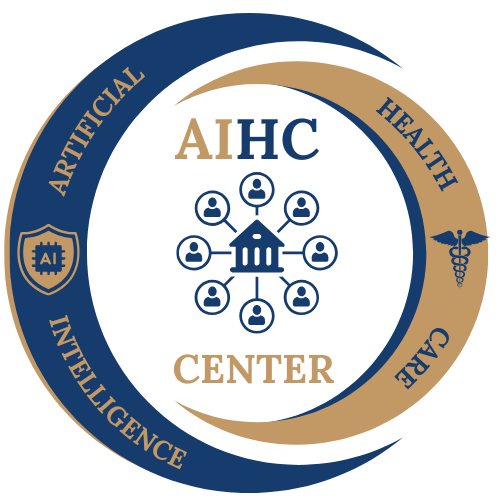Artificial intelligence (AI) in radiology relies on various data sources to train and validate algorithms, improve diagnostic accuracy, and assist radiologists in interpreting medical images. Here are some of the key data sources types:
Medical Imaging Databases
These databases contain a vast collection of medical images, including X-rays, CT scans, MRI scans, and more. They serve as valuable repositories for researchers and developers to access a wide range of clinical images for AI model development.
- The Cancer Imaging Archive (TCIA): TCIA provides a vast collection of cancer-related medical images, including MRI, CT, and PET scans. It is a valuable resource for cancer research and AI development in radiology.
- National Institutes of Health (NIH) Image Database: The NIH offers a repository of medical images from various studies and clinical trials, which can be used for AI research.
- Radiological Society of North America (RSNA) Database: RSNA provides a variety of datasets for AI research, including the RSNA Pneumonia Detection Challenge and the RSNA Chest X-ray dataset.

Electronic Health Records (EHRs)
Electronic health records contain comprehensive patient data, including medical images, clinical notes, lab results, and patient histories. EHR data can be used to correlate imaging findings with clinical outcomes, improving the accuracy and utility of AI models.
- MIMIC-III (Medical Information Mart for Intensive Care III): MIMIC-III is a widely-used database containing de-identified health data, including medical images, clinical notes, and patient demographics. It is particularly useful for research in critical care settings.
Publicly Available Annotated Datasets
These datasets are meticulously curated and annotated by medical professionals. They are used for specific AI tasks, such as lung nodule detection, chest X-ray analysis, or lesion segmentation. Researchers often rely on these datasets to benchmark their AI algorithms.
- LIDC-IDRI (Lung Image Database Consortium and Image Database Resource Initiative): LIDC-IDRI is a dataset containing CT scans of the chest with annotations for lung nodule detection. It is commonly used for AI development in lung cancer detection.
- CheXpert: CheXpert is a dataset of chest X-rays with annotated findings, such as pneumonia, atelectasis, and cardiomegaly, making it suitable for AI projects in chest radiology.
Institutional Data
Various hospitals and medical institutions collect and maintain their own image databases, which can be used for training AI models specific to their patient populations. These datasets may not always be publicly available.
Synthetic Data
Synthetic datasets generated using techniques like generative adversarial networks (GANs) can help augment the available data for training AI models, especially when real patient data is limited or privacy concerns exist.

Research Collaborations and Competitions
Participation in AI challenges and collaborations with research institutions can provide access to specialized datasets for specific tasks, such as the RSNA AI Challenge or the ImageNet competition.
Private Healthcare Providers
Some private healthcare providers may collaborate with AI developers and researchers to share anonymized medical image data for specific projects. These collaborations often involve strict data security and privacy agreements.
Data Sharing Platforms
Platforms like Kaggle and GitHub often host medical image datasets contributed by the research community, making them accessible for AI development.


